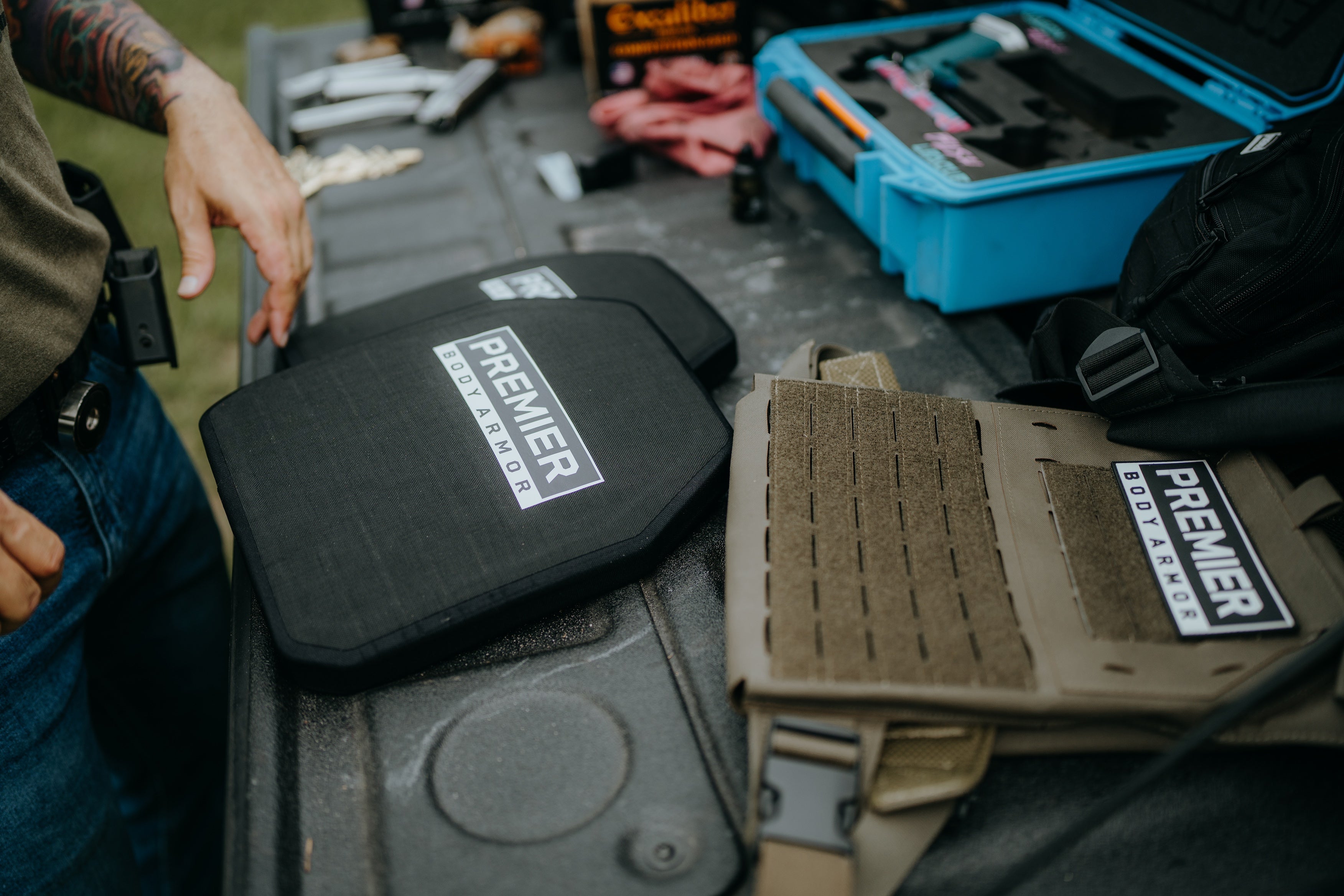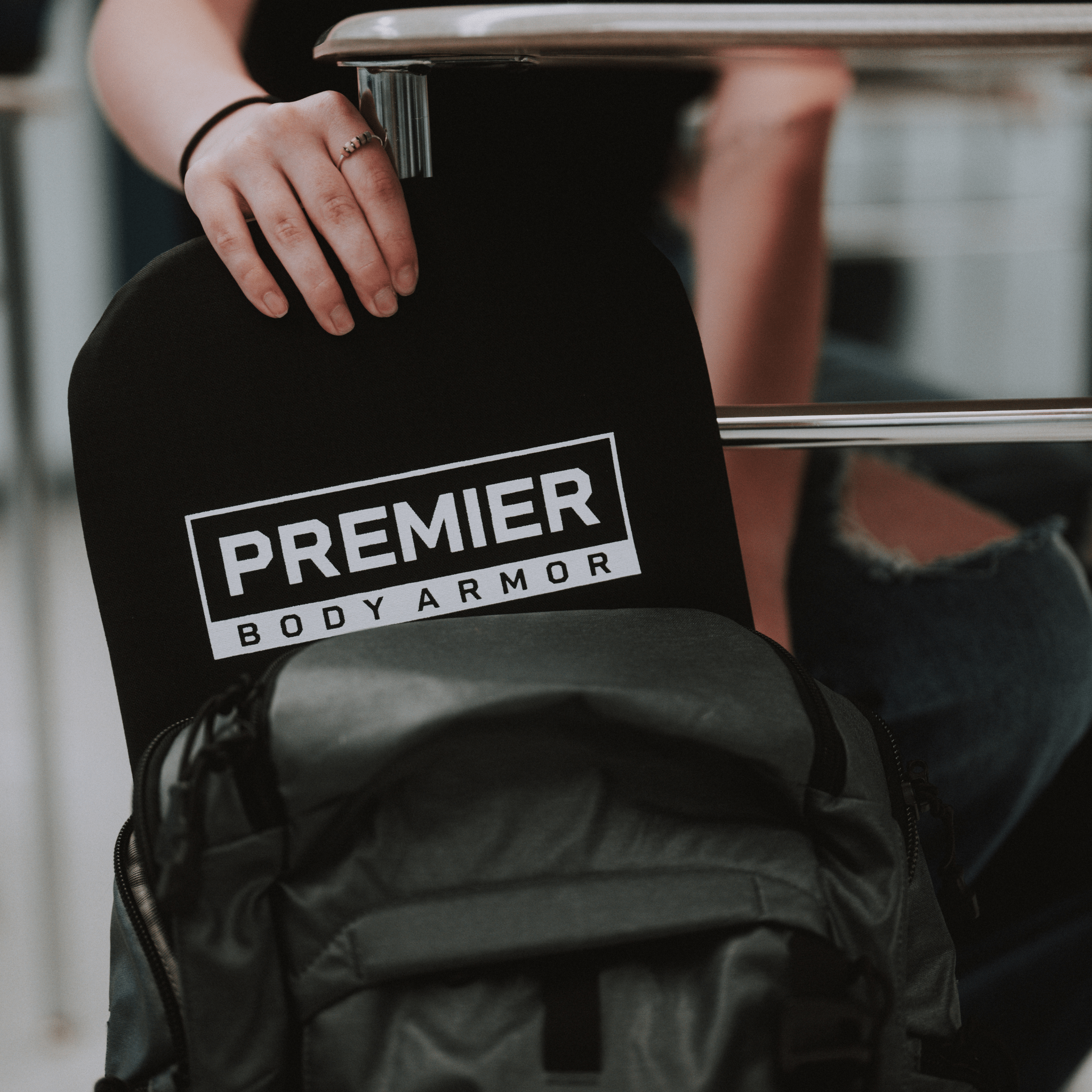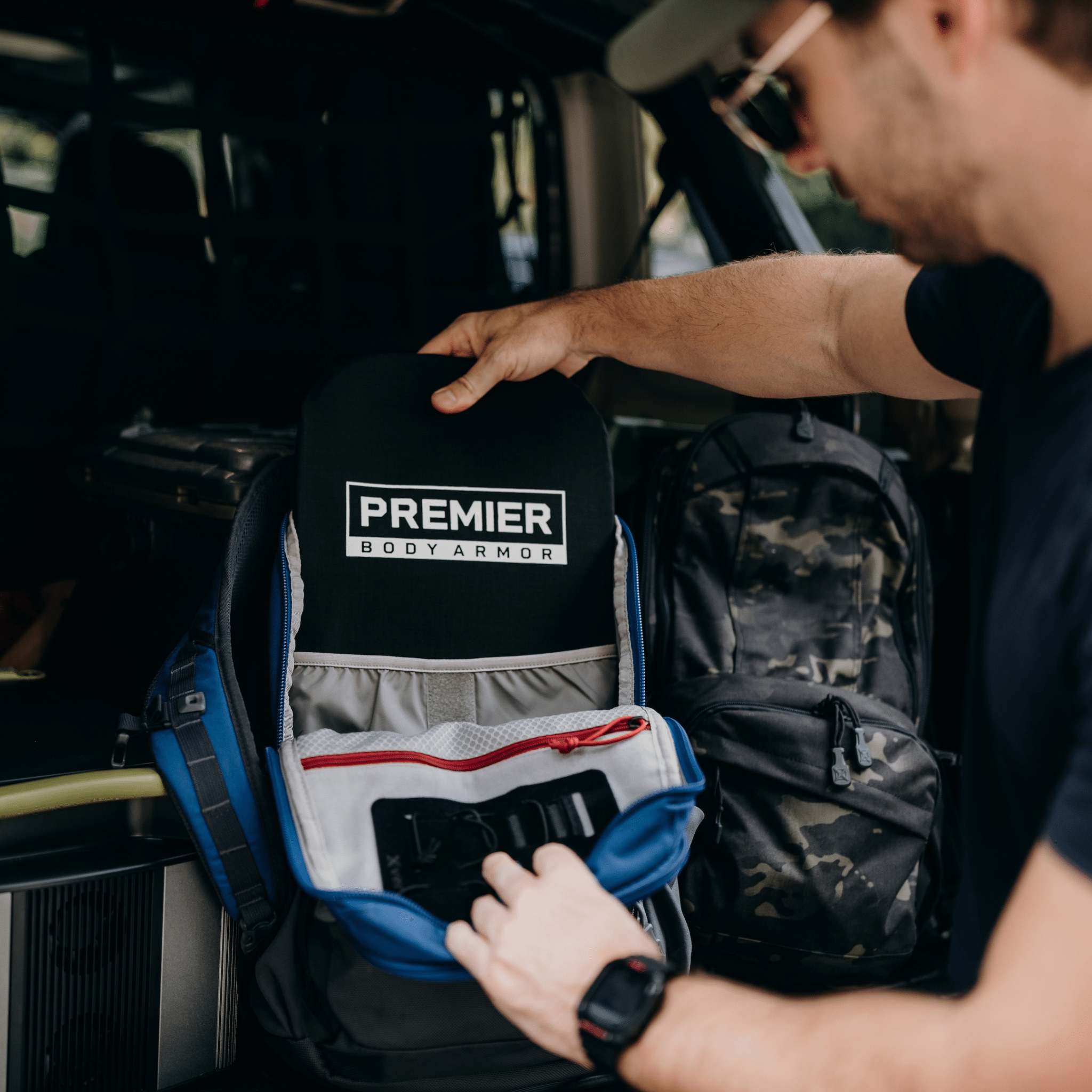How to Clear a Room Alone: 4 Key Considerations
Clearing a room alone is a high-pressure endeavor that calls for strategic planning, steady nerves, and a solid grasp of tactical room clearing techniques. Whether you find yourself in a serious threat scenario or simply want to practice how to clear a room for self-defense, the ability to systematically sweep a confined space can make a life-or-death difference.

In this article, we’ll dive into the four key considerations you need to stay safe and efficient when you’re on your own. You’ll discover best practices that address movement, mindset, and method, ensuring that even under pressure, you’ll have the confidence to clear a room with minimal risk to yourself and others.
When Is it Necessary to Clear a Room?
Clearing a room often arises in high-risk scenarios, including law enforcement operations, military missions, or personal self-defense situations, where you have reason to believe an active threat may be inside. With effective tactical room clearing, you’ll know when to enter a space, move strategically, and avoid walking into harm’s way. For instance, if you suspect a potential home invasion, clearing a room correctly can lower the risk of confrontation and protect innocent bystanders.
These same principles also apply to less dramatic but still critical moments, like conducting a safe evacuation or verifying that an area is secure without escalating tension. If you’re looking to expand your overall safety tactics, be sure to check out our Complete Guide to Staying Safe in Everyday Life.
Clearing a Room Alone Vs. CQB
Understanding the difference between clearing a room alone and in a team is essential. What is CQB (Close Quarters Battle)? The meaning of CQB refers to combat situations in confined spaces where you must secure areas swiftly, often under heavy pressure. CQB tactics often revolves around team-based tactics, with multiple operatives working together to secure an area efficiently.
On the other hand, going solo means every choice, from your entry point to your movement path, rests entirely on you. You have no backup to cover potential blind spots, so you must balance speed with extreme caution. Because the margin for error narrows dramatically when you’re alone, proper mindset and strategy become nonnegotiable.
Four Key Considerations for Effective Solo Room Clearing
When tackling how to room clear on your own, you must remain purposeful and precise. Below are four crucial considerations to help you master building clearing tactics safely:
-
Clear the room methodically: Systematically clear a room by checking every corner, behind furniture, and along blind spots. Taking a slow, structured approach reduces the chance of overlooking a hidden threat.
-
Maintain control of the space: Keep track of where you stand relative to doors, windows, and hallways. Controlling your position minimizes exposure to unseen angles and allows you to react quickly if a threat appears.
-
Check for traps: Effective building clearing tactics require scanning for potential hazards like tripwires or hidden devices. Whether it’s a door rigged to cause harm or an overlooked window, never assume a space is safe until you’ve inspected it thoroughly.
-
Know how to exit efficiently: Sometimes the best move is to leave. If a situation feels like it’s escalating, you should know exactly how to exit without increasing your vulnerability. A planned escape route can be more valuable than pressing deeper into danger.
Preparation is key, whether you're practicing at home or in a professional training environment. The more you practice, the better equipped you'll be in real-life situations.
Life Preservation Is Always the First Priority
At its core, tactical room clearing revolves around the principle of preserving life, both yours and bystanders’. While neutralizing an immediate threat can be critical, you should prioritize safety above all else. This means making rapid yet measured judgments about whether to keep advancing or to back out and call for help.
Whether you’re searching an unknown space or defending your home, using solid cover, staying mindful of your environment, and limiting your exposure to danger are all fundamental. Remember, retreating is not a failure but a calculated move when conditions become too unpredictable or unsafe. Every decision should tip the balance in favor of saving lives.
Use Concealment to Your Advantage
How to clear a house safely often comes down to thoughtful use of concealment. While concealment may not fully stop incoming fire the way “cover” does, it can still buy you crucial seconds to assess threats or reposition. In a pinch, items such as furniture or structural pillars can obscure your movements and help you evade detection.
The key is to use your environment wisely; always move with a purpose and keep obstacles between yourself and potential threats. To see how to clear a house more safely, visit our Home Security Shield for an easy advantage to staying safe in tight quarters.
Consider the Angles of Each Room to Be Cleared (AKA Slicing the Pie)
Room clearing techniques such as “slicing the pie” are vital to surviving close-quarters scenarios. By approaching a door at an angle, you can see a portion of the room while keeping other areas out of sight, thus reducing your exposure. Gradually shift your vantage point so you clear more of the interior little by little, never walking blindly into a potential threat.
This tactical mindset allows you to remain protected while gathering crucial intel on anyone, or anything, inside.
You Must Remain Calm and Collected Under Pressure
The ability to clear a room when you’re by yourself hinges on managing stress effectively. If panic sets in, your decision-making and reaction times can deteriorate within seconds. Instead, practice taking controlled breaths and remind yourself to follow the fundamentals you’ve trained for. Even in a tense standoff, a steady mind is your greatest advantage.
Self-control not only helps you move confidently but also reduces the risk of impulsive mistakes. Above all, remember you can’t protect others if you lose your own composure. For deeper strategies on maintaining clarity in threatening situations, read our guide on How to Be Situationally Aware.
Consider Seeking Professional Room Clearing Advice & Training
While self-led practice is valuable, exploring room clearing army insights or enrolling in professional tactical training courses can dramatically boost your skill set. Certified instructors offer hands-on guidance, spotting small mistakes you might not find on your own and introducing you to advanced methods of handling corners, doors, and unknown threats.
Such professional programs also teach you how to operate under pressure, coordinate with others if needed, and ensure each decision is legally and ethically sound. For additional peace of mind, consider equipping yourself with reliable bulletproof vests so you can train and operate with an extra layer of protection.
Putting It All Together
Clearing a room alone isn’t about recklessness; it’s about preparation, mindset, and practice. By learning how to clear a room methodically, staying focused under pressure, and leveraging effective tactical room clearing strategies, you can drastically improve your odds of neutralizing a threat or safely disengaging. Throughout this process, never lose sight of life preservation as your highest priority.
If you’re looking to take the next step, sharpen your building clearing tactics, perfect your use of concealment, and invest in top-grade protective gear. Stay fully equipped for any real-life scenario and explore our full range of tactical gear and bulletproof vests.










Leave a comment